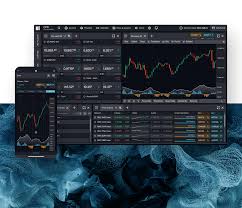Contracts for Difference (CFDs) have become a popular trading instrument for both novice and experienced traders looking to profit from price fluctuations in financial markets. CFDs provide flexibility, enabling traders to access a wide range of assets, including stocks, indices, commodities, and forex, without actually owning the underlying assets. This guide will provide an overview of the different cfd trading instruments available to help you get started.
1. Stock CFDs
Stock CFDs allow traders to speculate on the price movements of shares without owning the actual stock. Whether you’re interested in the latest tech stocks or established companies, stock CFDs offer a way to tap into global equity markets. You can take advantage of price movements in both rising and falling markets, making them an attractive option for traders aiming to diversify their portfolios.
2. Forex CFDs
Forex CFDs enable traders to trade currency pairs, such as EUR/USD, GBP/USD, and USD/JPY. The forex market is one of the largest and most liquid in the world, providing ample opportunities for traders to speculate on currency price movements. With flexible leverage, forex CFDs offer significant potential for profit, though it’s important to understand that the forex market can be volatile, requiring a solid trading strategy.
3. Commodity CFDs
Commodities such as gold, silver, oil, and natural gas are widely traded as CFDs. These instruments are ideal for traders looking to take advantage of price movements in the global commodity markets. Commodity CFDs are especially popular during times of economic uncertainty, as they can act as a hedge against inflation or geopolitical instability.
Conclusion
CFD trading offers a broad range of instruments, each with unique opportunities and risks. By understanding the different types of CFDs available, you can select the one that aligns with your risk tolerance, trading goals, and market interests. Whether you’re trading stocks, forex, commodities, indices, or cryptocurrencies, CFD trading provides an accessible and flexible way to participate in global financial markets.


